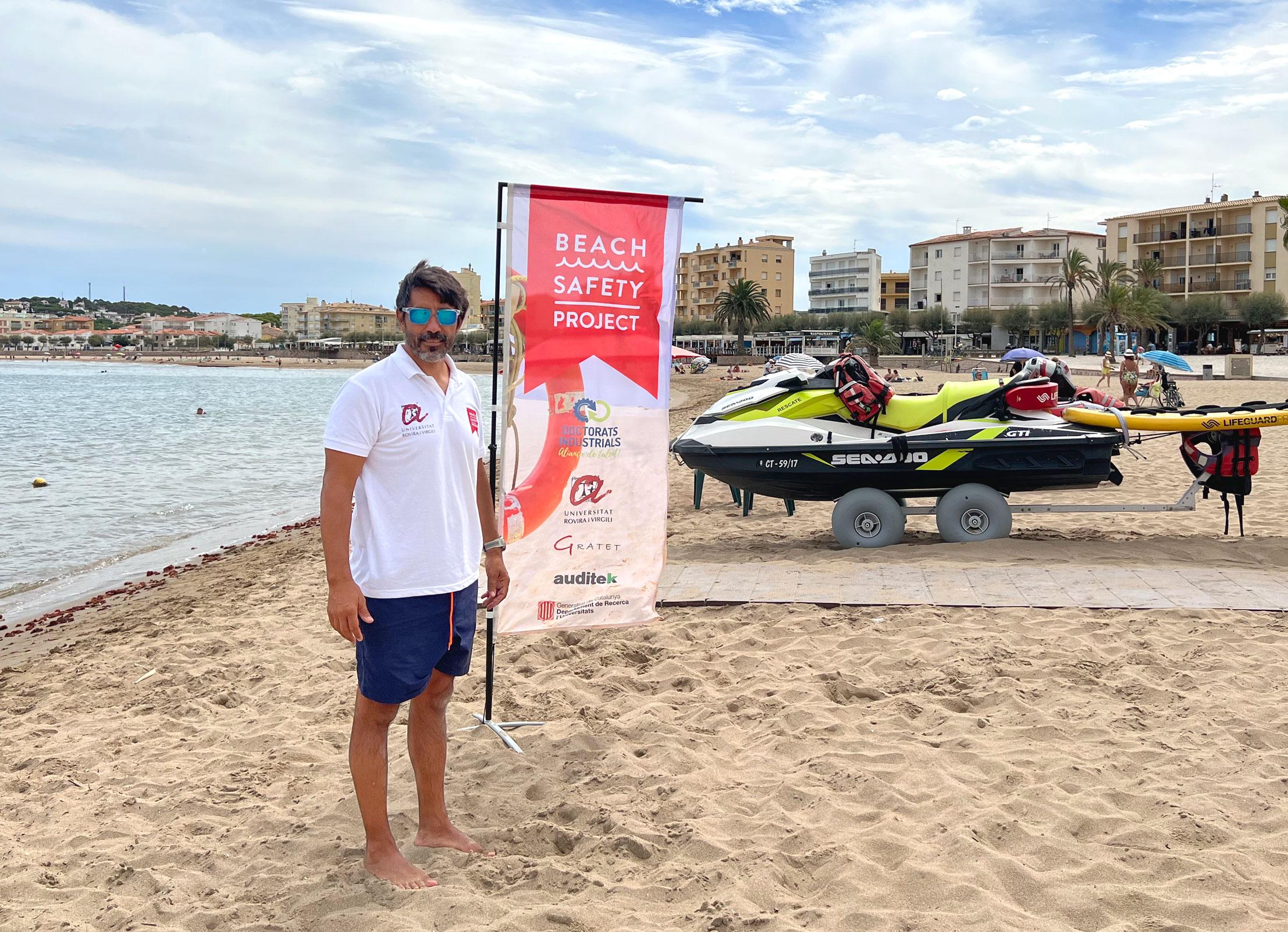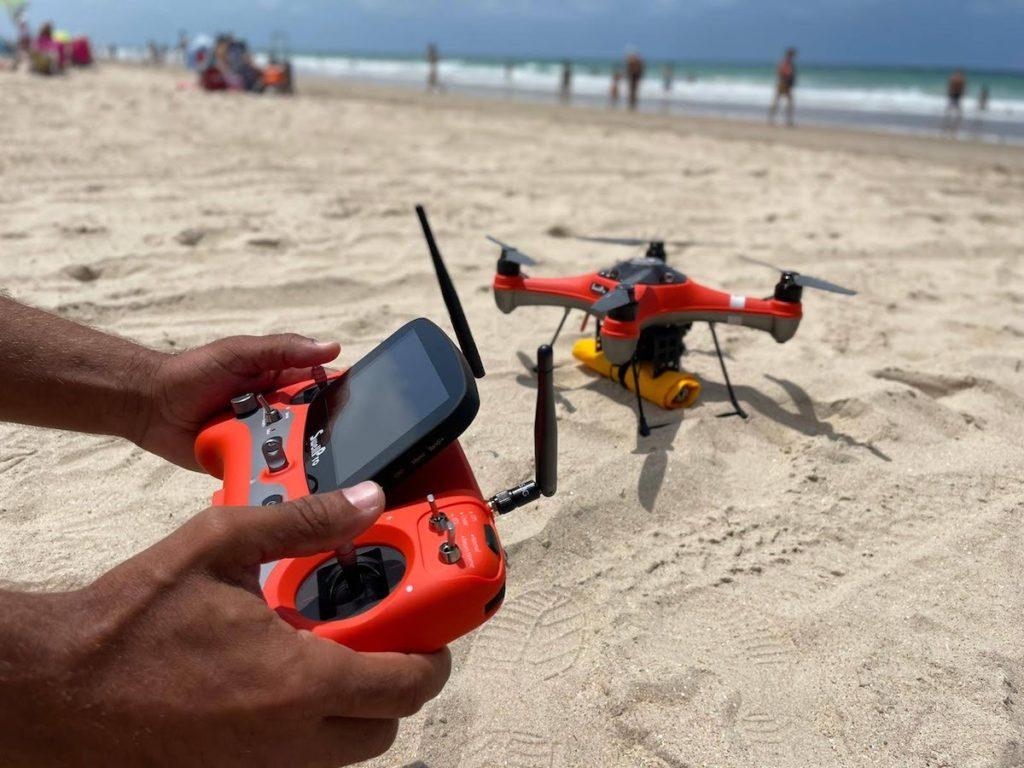
The beaches are a tourist attraction and an engine for the economic development of Catalonia. However, rescue and lifeguard services have not advanced much in the last twenty years and many beaches full of tourists do not have surveillance. Currently, in Catalonia there is no comprehensive rescue and lifeguard system, which is coordinated and managed by the same entity. This is combined with a noticeable lack of accurate information and in-depth knowledge of the real needs of the territory in relation to aquatic surveillance services.
In Catalonia, the safety of beach users is the responsibility of city councils. There is no law that determines how many human or material resources should be allocated to the beaches, so the distribution of resources varies depending on the economic capacity of each consistory. Catalonia has almost 700 km of beaches, spread over 70 municipalities, with more than 500 beaches.
The collaborative research between the company Auditek and the Rovira i Virgili University has allowed the development of tools and models for safer beaches and more efficient services for all users. To understand the objective of this Industrial Doctorate project, we must imagine that we are on a very busy beach on the Catalan coast. If we have to coordinate the rescue and lifeguard service of this beach... How many watchtowers would we place? How far from the water? How many lifeguards? How far from each other? Thus, the Safe Beaches project aims to answer these questions (and others) through a foundation based on scientific data.
The project to improve rescue and lifeguard services on Catalan beaches stems from the concern of Pablo Martin, the industrial doctoral student of the project, to make a scientific contribution to beach safety management. The impulse of the Research Group of Territorial Analysis and Tourism Studies (GRATET) of the Rovira i Virgili University, together with the collaboration of the University of Murcia, has allowed this initiative to be concretized.

The project began in 2020 with an exhaustive descriptive study of the rescue and lifeguard services of the more than 500 Catalan beaches on the Catalan coast. With the information collected, we work on the development of variables and management models for these services. The most significant contribution of this research is the integration of a Geographic Information System (GIS) in the management of information generated on beaches.
Through a cartographic representation, the data can be analyzed more accurately. For example, by representing the most incidences on a heat map , the points with the most incidences can be identified. These heat maps are a tool that makes the incidence density visible in real time, allowing a fast and accurate response.
With the help of geolocation, these maps reveal the "hot" critical areas, facilitating the work of managers as opposed to the use of traditional incident lists. This innovation promises to revolutionize the way in which the 70 coastal municipalities manage their beaches.
The results of the research of the Safe Beaches project serve the objective of allowing a dimensioning of lifeguard services based on scientific evidence. Scientific evidence can be used to allocate resources and develop surveillance models based on occupation or incident density. The project has also introduced tools such as the "infobeaches" application that allows georeferencing incidents and expands the possibilities of data analysis. This new tool provides detailed information such as densities, distances, response times and relationship of incidents with the media. The application is already used on some beaches, and its adoption can significantly improve lifeguard services.


Like any research project, there are challenges to overcome, which stimulate the research process itself. In this case, the first challenge consists of achieving normalisation focused on the use of each beach and not on the financial capacities of municipalities. To achieve this, creating data-driven models is crucial. Currently, funds allocated to lifeguards on beaches are more associated with the economic capacity of municipalities than with the real needs of the beach. As a result, high-occupancy beaches in smaller municipalities do not have lifeguard services. The next challenge is to advance in the implementation of technological instruments that provide the essential data to devise more effective solutions, adapted to the evolution of beach circumstances.

